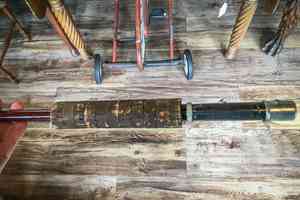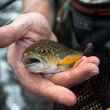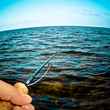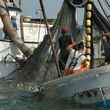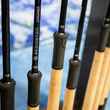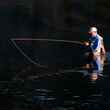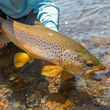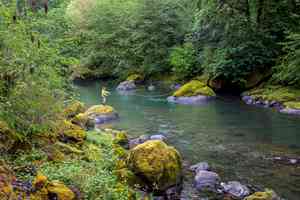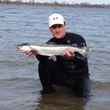According to information released by Idylwilde owner and founder, Zach Mertens, a disagreement between Idylwilde's Philippines production facility and Mertens is causing delays and possible cancellations of 2013 fly orders.

In a post by Mertens on the Idylwilde blog, he stated "our manufacturer notified us last week that it is refusing to ship us any further product at this time. The Company is holding our April fly order, which includes the bulk of our pre-season product for 2013. We believe Idylwilde has met every obligation under our agreement, and the sudden and unilateral actions by the manufacturer are improper and a breach of our agreement. For the first time in our 15 years of business, Idylwilde is being forced to ship out pre-season orders with embarrassing fill rates." Mertens added that Idylwilde was "doing everything [its] power to get ... fly orders released."
